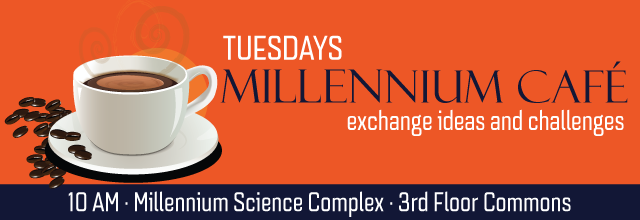
CREATE will strengthen and organize transdisciplinary expertise across campus to tackle grand medical challenges in regenerative engineering. Regenerative engineering is a new field defined as the convergence of advanced materials sciences, stem cell sciences, physics, developmental biology and clinical translation for the regeneration of complex tissues and organ systems. Complex tissues comprise intricate vascular and nervous networks, tissue interfaces, structural hierarchy and complex functional features, which are translated into significant technical and regulatory barriers in establishing compositional gradients, temporal changes, and the use of various cells to drive tissue and organ morphogenesis.
